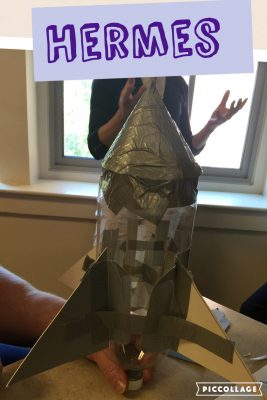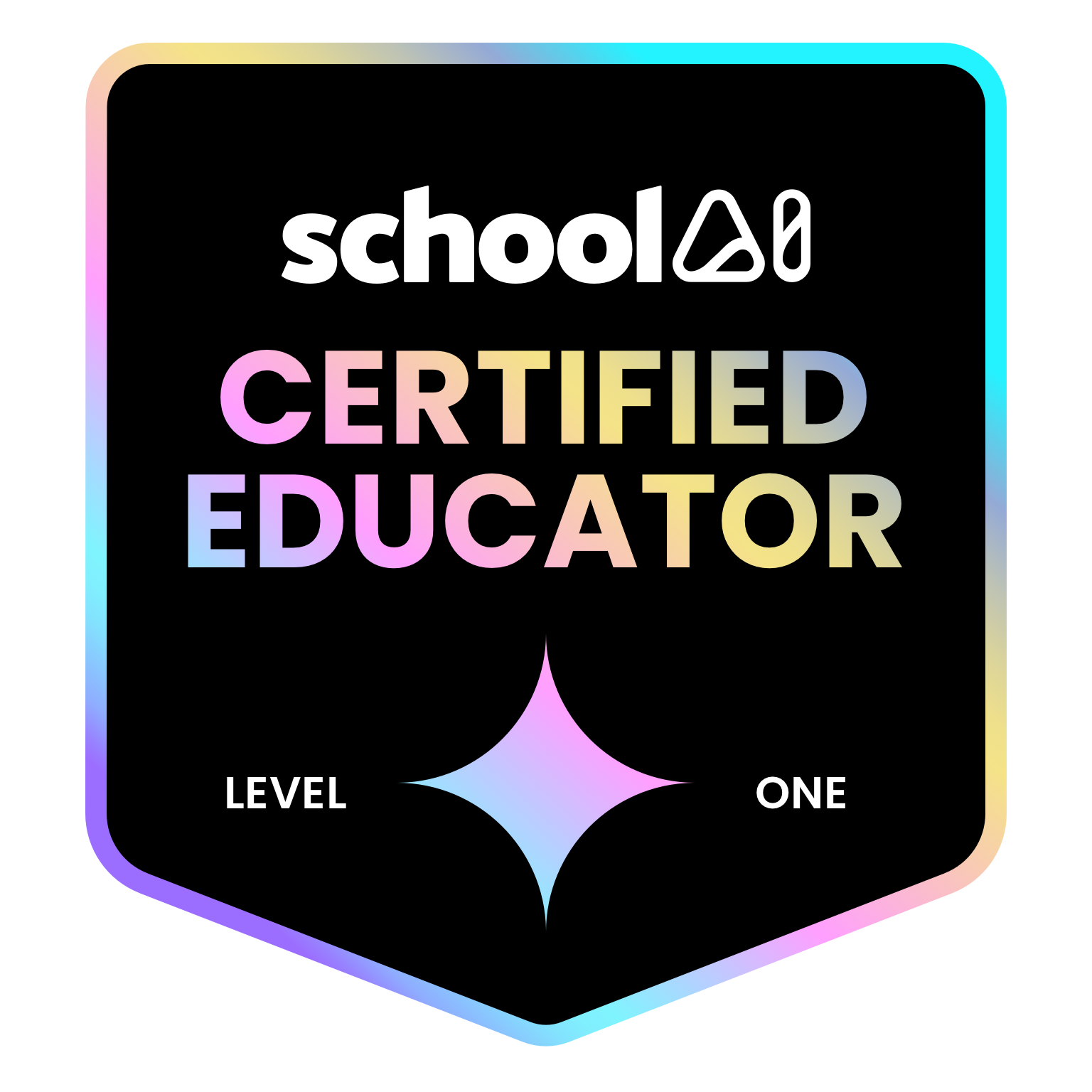 Last year I joined the Olympic STEM Pathways Partnership (OSPP) and got to do some great work as part of that partnership working with some great professors and Math and Science educators from all over our region. So far this summer I’ve been in Seattle (about two hours from where I live in Chimacum, depending on traffic) near the University of Washington (UW) working with the wonderful professors and educators of the OSPP. Tuesday June 28 we got to work with a couple of UW Earth and Space Sciences professors who are part of the Northwest Earth and Space Science Pipeline (NESSP). The NESSP (that link goes to their Facebook page), “aims to create a model network that can serve as a physical NASA educational presence in states without NASA centers and act as a bridge into other NASA experiences for teachers and students, and eventually into careers in STEM fields.”
Last year I joined the Olympic STEM Pathways Partnership (OSPP) and got to do some great work as part of that partnership working with some great professors and Math and Science educators from all over our region. So far this summer I’ve been in Seattle (about two hours from where I live in Chimacum, depending on traffic) near the University of Washington (UW) working with the wonderful professors and educators of the OSPP. Tuesday June 28 we got to work with a couple of UW Earth and Space Sciences professors who are part of the Northwest Earth and Space Science Pipeline (NESSP). The NESSP (that link goes to their Facebook page), “aims to create a model network that can serve as a physical NASA educational presence in states without NASA centers and act as a bridge into other NASA experiences for teachers and students, and eventually into careers in STEM fields.”
We had quite a fun day! I’ve personally never really worked with rockets or even bottle rockets so when they said we were going to launch rockets I was excited. My team made a bottle rocket that we named Hermes. We wanted to see how different amounts of fuel, water in this case, affected how high our rocket went. We started with the 2L bottle half full of water, then tried it with only a quarter filled with water, then three quarters full. It was so sunny, which we ONLY get during the summer here, so it was difficult to see how high our rocket went but I recorded the event so you can see how long it took Hermes to come back to Earth each time:
We discussed how this could fit into our curricula and to which NGSS standards an activity like this could apply. I’ve been using the STC/MS kit Energy, Machines, and Motion and part of the learning my students do is about energy and forces and eventually motion. Those three concepts apply pretty nicely to launching bottle rockets!
So here’s what am thinking, and this is so preliminary and rough because I don’t know if I’ll have time or any resources to be able to do this. Plus I would need to check with other teachers in my district to make sure I’m not stepping on any toes by deciding to have kids launch bottle rockets. Even if I don’t end up doing this activity the process of designing a learning progression is a good one.
The middle school NGSS standard, MS-PS2 – Motion and Stability: Forces and Interactions – fits really well with bottle rockets! Kids could work on the 1st Performance Expectation or PE on Newton’s Third Law, the 4th PE on gravitational force, or even the 5th PE on forces interacting without touching. I chose to go with the 2nd PE, “Plan an investigation to provide evidence that the change in an object’s motion depends on the sum of the forces on the object and the mass of the object.”
Now I’m still a novice at unpacking these NGSS standards. There’s so much even with one single performance expectation (PE)! Within the MS-PS2-2 PE students will be dealing with the following:
“Emphasis is on balanced (Newton’s First Law) and unbalanced forces in a system, qualitative comparisons of forces, mass and changes in motion (Newton’s Second Law), frame of reference, and specification of units.”
AND
“Assessment is limited to forces and changes in motion in one-dimension in an inertial reference frame and to change in one variable at a time. Assessment does not include the use of trigonometry.”
Each PE also has the following three, interwoven dimensions (this is what they are referring to when they mention the three dimensions of NGSS):
Science and Engineering Practices (SEP): Planning and Carrying Out Investigations
Crosscutting Concepts (CCC): Stability and Change
Disciplinary Core Ideas (DCI): PS2.A: Forces and Motion
Each dimension comes with ample explanation and detail to help a teacher target all parts of each standard including evidence statements that teachers can use to generate rubrics. I am finding all of that pretty daunting and time consuming so it’s taking me quite some time to wrap my brain around it all.
I’m thinking the big idea with the bottle rockets is unbalanced forces but I’m not sure. For success criteria I want students to be able to identify the forces acting on a water bottle rocket to get up it into the air and back down again.






















































